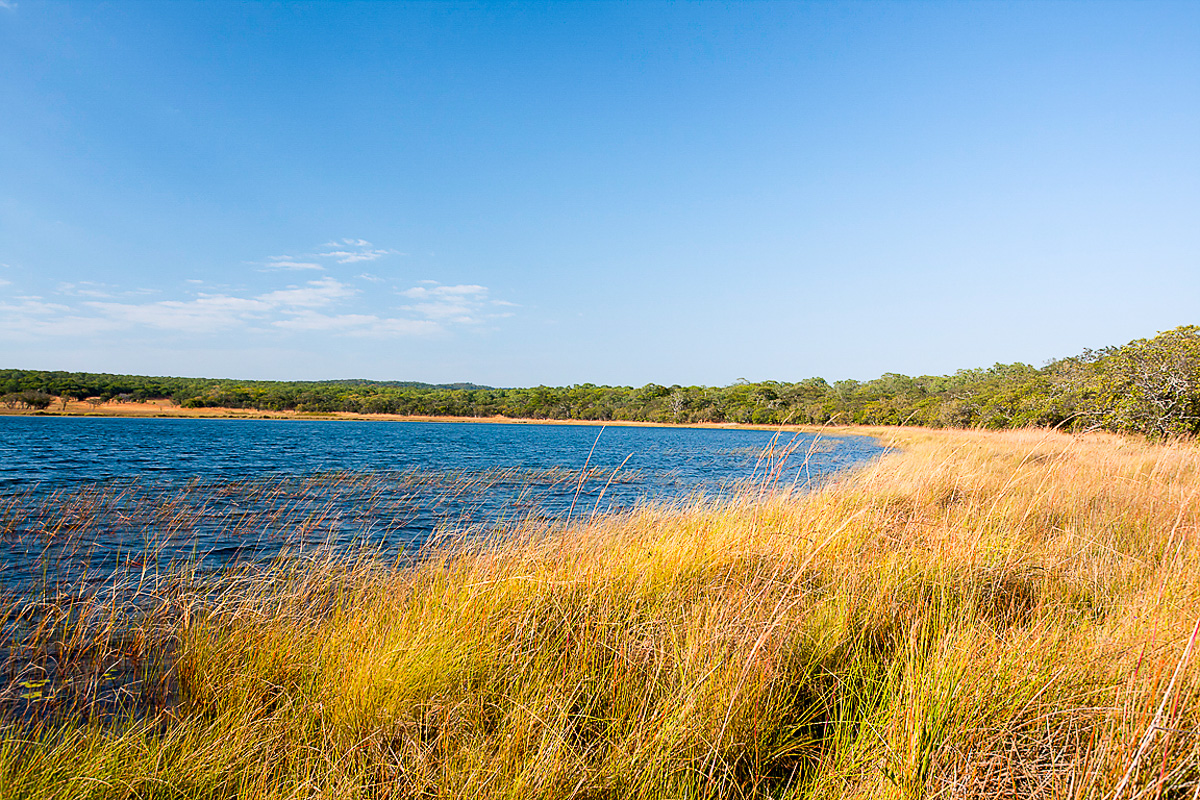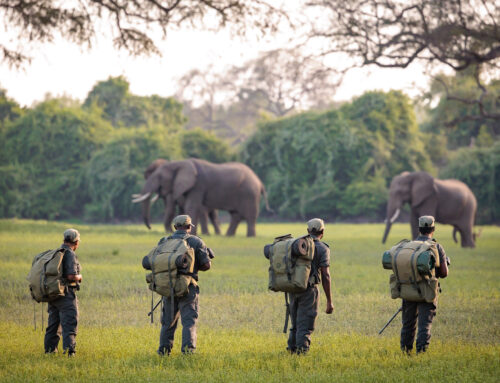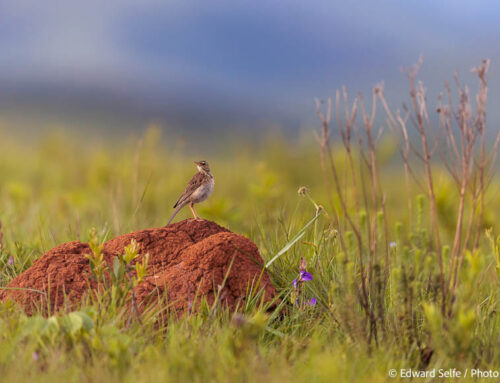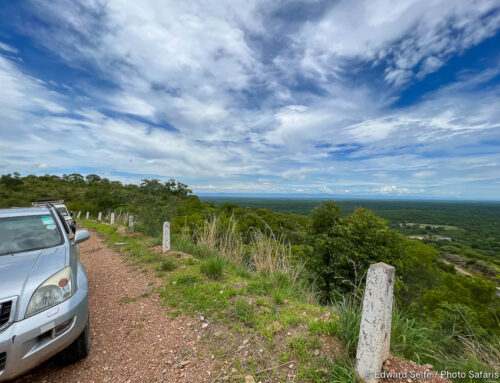In previous articles in this series, I have talked about community projects in wildlife areas. As a brief summary – it’s agreed that tourism operators should investing in education, schools, clean water and healthcare for the people living in and around the wildlife area. The obligation of this is clear; communities should benefit from the natural resources around them. But the positives for operators of this are clear too: if people are healthier, better educated and more understanding of the area’s natural resources (and their importance to tourism and jobs), they will be better placed to conserve them.
However, despite excellent efforts, I have shown that this doesn’t always work in practice. People still need to cook and eat and therefore cut down trees for firewood. Education about conservation often does not reach those who are destroying natural resources. CSR policies at grass-roots level do not impact the decisions of large enterprises which make policy at government level. Therefore, community investment projects are not as effective at protecting resources as we hope from a theoretical perspective.
Unfortunately, one impact that these projects will always have is to draw more people into conflict with wildlife. Investments in schools, buildings, boreholes and infrastructure create a financial multiplier which draws people into wildlife areas in search of better prospects. This puts ever-greater pressure on the natural resources and conflict between wildlife and people becomes inevitable.
In recent years, while involved in various conservation projects, I have increasingly heard a very unfortunate phrase that goes something like this; “the problem with conservation organisations is that they care about animal lives more than human lives.” While I really dislike the emotive, incendiary wording in this phrase, I think it’s really important that we discuss it, since it is clearly an idea that is being talked about in local communities.
Let’s look at some facts first:
1. There are laws to govern all aspects of the world and there are organisations mandated to uphold those laws. Legitimate conservation organisations have the remit to uphold wildlife law and prevent illegal off take.
2. All conservation organisations have, at their heart, devoted and empowered local people who are fighting for the protection of their nation’s natural resources. They have seen the results of illegal poaching and they care for the future of these areas. Conservation is not always something that is imposed from outside.
3. Conservation organisations rarely operate in a vacuum; all have a community outreach programme where they work with local people and educate them on living alongside wildlife, or reducing their impact on the area around them. It’s worth considering how difficult it is for the employees of conservation organisations, who may be asked to enforce the law in their local community. It might be friends, relatives or even people who hold higher status in the village who are breaking the law; the possibility for tension is very high.
So what? If we reduce it down to the simplest form, we have people and animals trying to live on the same piece of land. We have to make a choice about who will take precedence. As human populations grow, this situation becomes increasingly fraught. Unless we are prepared to try and fence animals in and people out, which is not realistic in most areas, something has to give. People, with their increased adaptability and superior understanding, are more able to move than animals are. Added to this, animals may well live only in certain areas where there is suitable habitat.
Moving people, their families, their homes and their livelihoods is not practical, fair or realistic. And it is not what I am suggesting. But we could encourage, incentivise and insist that communities’ ranges of influence do not continue to increase in wildlife areas. In Zambia, as in many areas, there are vast swathes of land beyond the reaches of current wildlife habitats where people could live and thrive safely, so long as the transport and communication infrastructure were set up.
This article’s purpose is to appeal for two things:
1. That community projects (whoever they are run by) stop investing large sums into the communities right along the margins of National Parks. Even as independent entities, wildlife and communities are battling to survive; investments in development simply bring the two together making conflict inevitable.
2. That policy-makers encourage and assist people to live in areas where they will not come in conflict with animals. This reduces people’s suffering and avoids the need for human-wildlife conflict mitigation efforts.
These are simple statements that are very hard to implement; however if we wish to avoid the continuing news-cycle of depleted wildlife stocks, diminishing forests and polluted waterways, we have to find a way.
As a final thought, it’s worth considering that for every $1 spent by a community project in the Luangwa, conservation organisations need to raise perhaps 5 times that to mitigate the increased human-wildlife conflict. If only community projects could take their funds and invest them further from the National Parks, we would reduce some of the pressure. And people would not be drawn into an unsustainable conflict with Nature. A conflict that Nature always loses.




